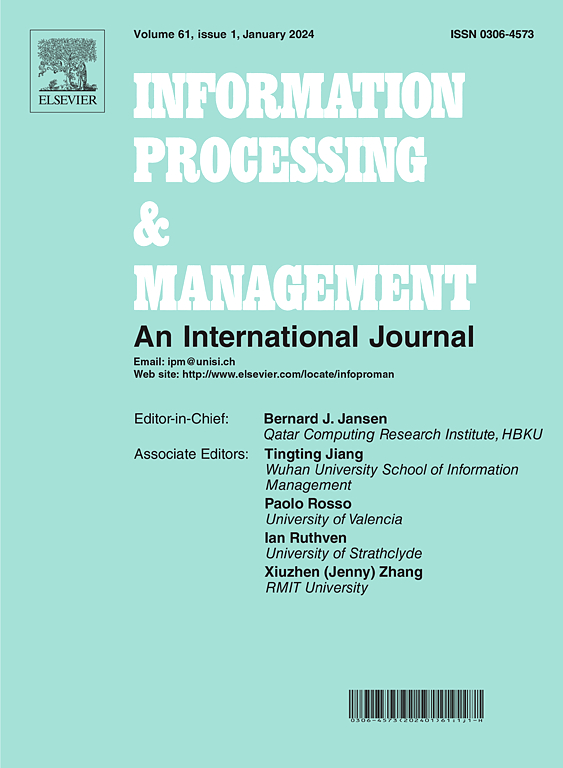Unsupervised microservice system anomaly detection via contrastive multi-modal representation clustering
IF 7.4
1区 管理学
Q1 COMPUTER SCIENCE, INFORMATION SYSTEMS
引用次数: 0
Abstract
Anomaly detection in microservice systems is crucial for ensuring system stability and reliability. Existing methods rely solely on a single type of monitoring data (e.g., metrics or logs) with either partial or full labels, which miss a large number of anomalies and is costly to manually tag. Therefore, we propose an unsupervised Microservice system Anomaly Detection method via Contrastive Multi-modal representation Clustering (MAD-CMC) to tackle these issues. MAD-CMC first adopts a hierarchical architecture to simultaneously explore the spatial–temporal correlation of metrics and log context information. Next, to facilitate metrics-logs interaction, MAD-CMC introduces a cross-modal Transformer, which outputs multi-modal representation for clustering. During the clustering process, we design a multi-grained contrastive learning approach. Benefiting from the clustering results, MAD-CMC bring intra-cluster representation closer while pushing inter-cluster representation farther away at both inter- and intra-modality aspect. Considering that normal samples are simpler and far more numerous than abnormal sample, we propose a dynamic weighting formula, and apply it to contrastive loss to improve the model’s discrimination ability. Sufficient experiments on public dataset show that MAD-CMC outperforms state-of-the-art methods.
求助全文
约1分钟内获得全文
求助全文
来源期刊

Information Processing & Management
工程技术-计算机:信息系统
CiteScore
17.00
自引率
11.60%
发文量
276
审稿时长
39 days
期刊介绍:
Information Processing and Management is dedicated to publishing cutting-edge original research at the convergence of computing and information science. Our scope encompasses theory, methods, and applications across various domains, including advertising, business, health, information science, information technology marketing, and social computing.
We aim to cater to the interests of both primary researchers and practitioners by offering an effective platform for the timely dissemination of advanced and topical issues in this interdisciplinary field. The journal places particular emphasis on original research articles, research survey articles, research method articles, and articles addressing critical applications of research. Join us in advancing knowledge and innovation at the intersection of computing and information science.
 求助内容:
求助内容: 应助结果提醒方式:
应助结果提醒方式:


